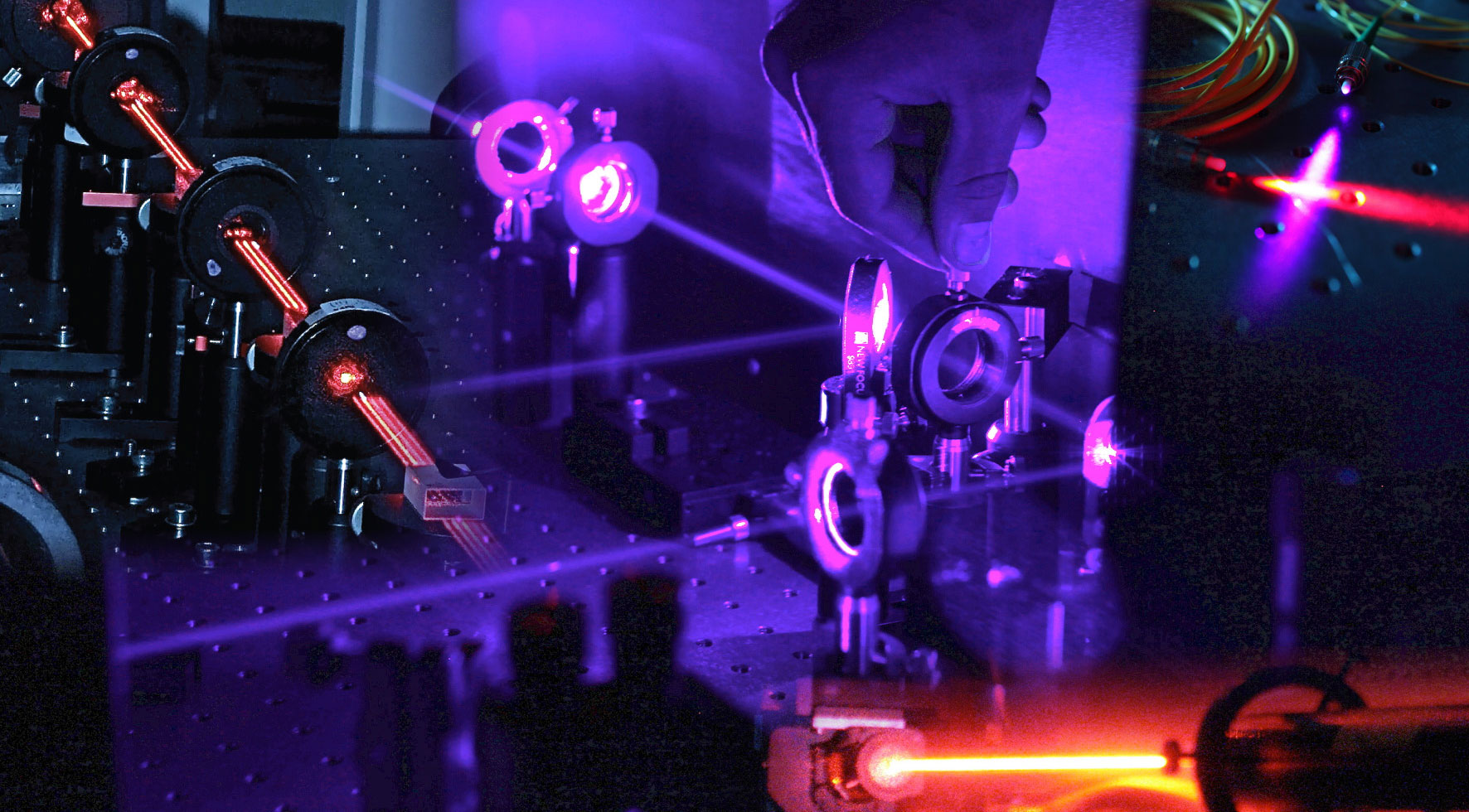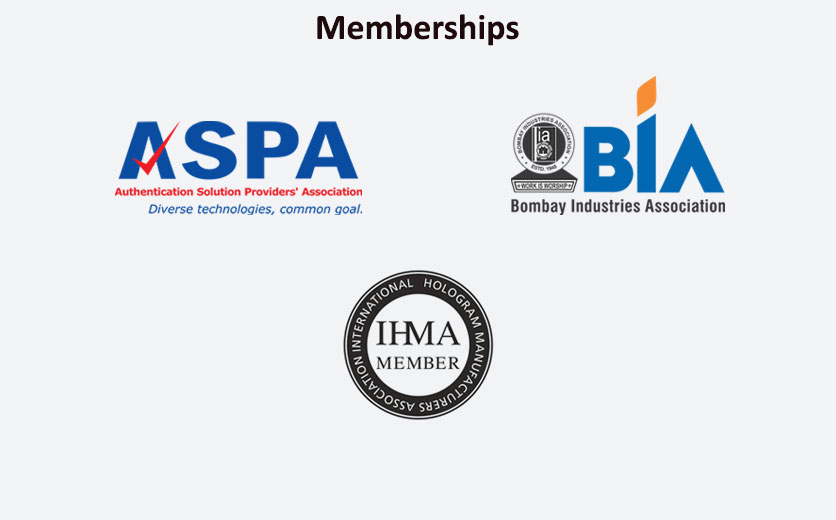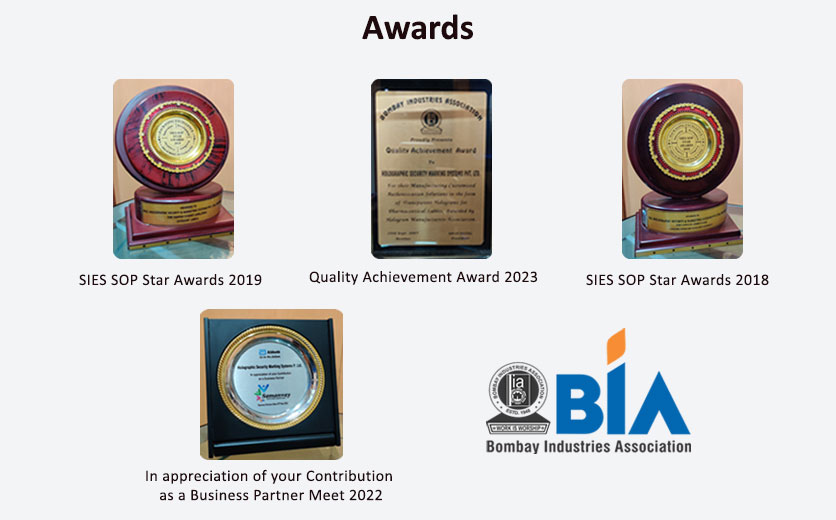
FICCI’s 2015 study indicated that Indian companies are suffering losses of 21.7% in their top line. Worth to remember that “counterfeiting causes no cash losses.” Therefore, due to lack of data often companies fail to take appropriate action.
‘If you have successful brand, it will be copied’ (Marketing Guru). Counterfeiters copy only the successful and lucrative brands. Then move on to the next successful brand. Counterfeiters want easy money. They will not attack or copy protected brands, and unprotected brands make easy targets. Aftermath of COVID pandemic saw an increase of 47% in counterfeiting activity particularly in pharma, packaged foods, liquor, and other consumer items.
Our clients of many years’ experience over 600% ROI after implementing Holotechs’s custom designed anti-counterfeit solutions that are 100% tamper proof.
By stopping counterfeits companies enjoy: an increase in sales, zero complaints, increase in consumer confidence in the brand, improved market share very pleasant side effects.
Call Mr Rohitt D Mistry on +91 9930611569 for a FREE Consultation

Holographic security elements consist of nanostructures that refract light in a very specific manner. They enable 3D effects to be seen on what appears to be a flat surface. These structures can be originated by means of classical (analog) holography, where — comparable to classical photography — a photosensitive material is used for recording light. Similarly, a hologram is created by recording the interference patterns created by lightwaves. To form such patterns, two wavefronts must interfere, which is only possible if the wavefronts are coherent. To guarantee coherence for a specific length, the beam of a single laser is split into two coherent beams. To record a hologram, a system with various optical elements must be set up in a carefully measured manner under specific laboratory conditions: particle-free with high stability (no vibration) and consistent air temperature.
The roots of holography can be traced back to 1920’s research in x-ray crystallography. The idea for holographic imaging was invented by Denis Gabor in 1947 while he was trying to obtain increased resolution in electron microscopy. His work proved the concept’s validity. Optical holography was not yet successful, however, due to poor quality. The reconstructed image was superimposed on a background, caused by a conjugate image and direct beam. The breakthrough that solved this twin-image problem was an off-axis reference beam technique invented in 1962 by Emmett N. Leith and Juris Upatnieks. Then, with the invention of the laser in the early 1960s, holography had its breakthrough and the technology opened to wide research, resulting in the creation of new techniques of design and types of holograms.
For several decades, analog optical procedures were the only methods available for creating nanostructures with holographic effects. Advancements in digital technologies in the late 1980s enabled the origination of computer-generated holograms, for which the first patent was filed in 1988. This breakthrough led to the development and invention of various proprietary and commercially available systems. Following the trend of multiple applications of holographic structures, some companies chose to develop their own methods and keep their systems in-house. Others started businesses and sold their systems, such as the KineMax, or variations of the relatively simple and inexpensive dot matrix system. Later, electron-beam (e-beam) lithography was also used because of its ability to form two-dimensional patterns on the nano-meter scale.

